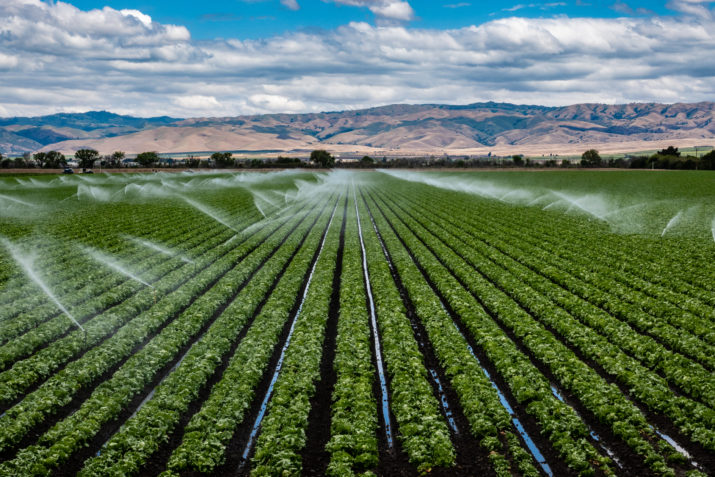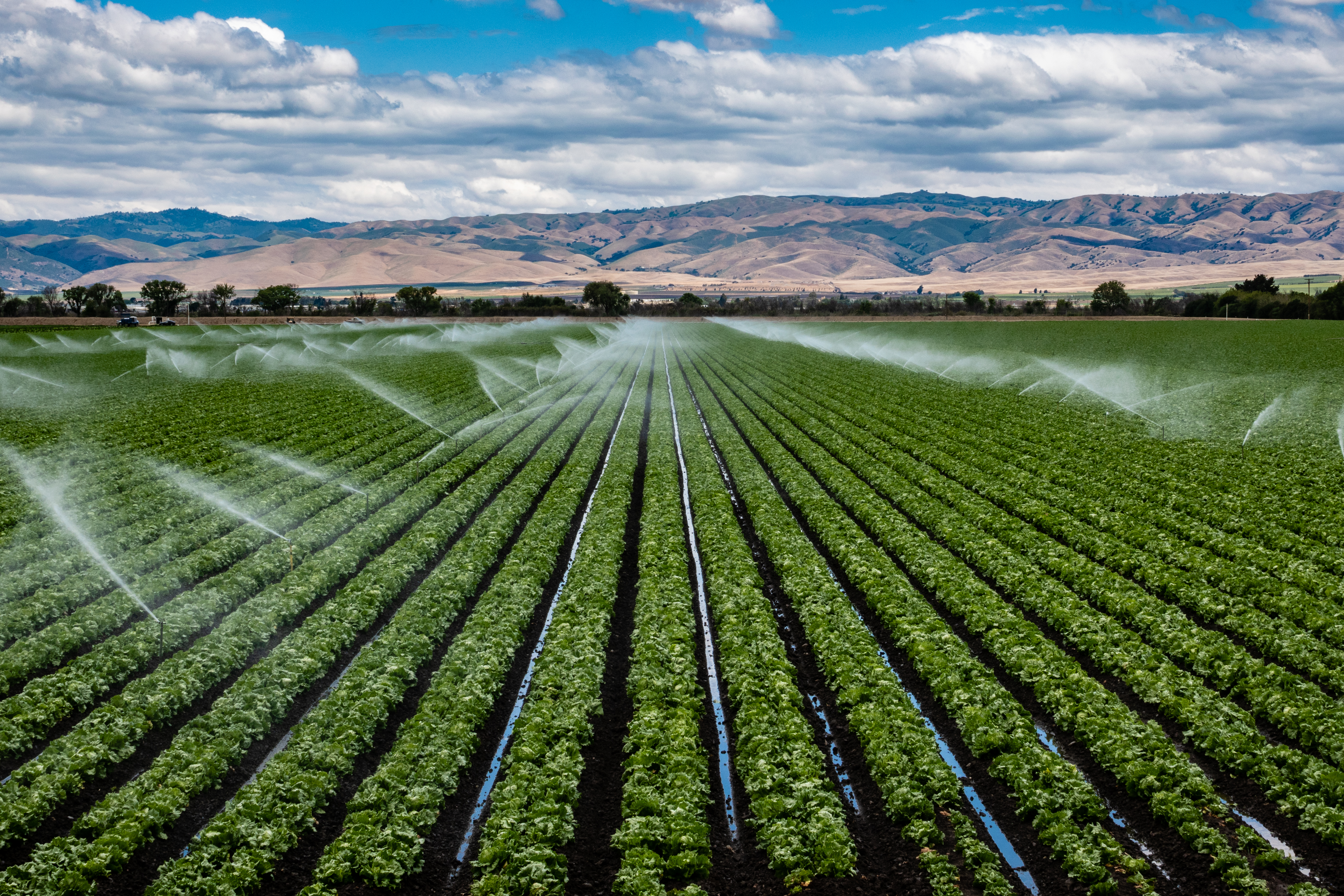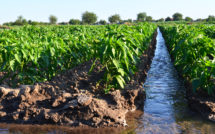

This is part of our Campus Spotlight on the Global Water Initiative at the University of Virginia.
Course Description
Potable water is essential for human life. Throughout most of the industrialized world, advanced water treatment systems incorporate fundamental physical, chemical, and biological principles into engineering designs to produce high-quality water at relatively low cost to consumers. By contrast, the World Health Organization (WHO) estimates that about one sixth of the world’s population (about one billion people) have no adequate water supply and less than one percent of the population in developing countries is served by sewage treatment facilities. Life-threatening water-borne diseases, particularly among children, are common in economically disadvantaged communities throughout the world.
In this course, we will examine complex issues associated with providing potable water to the world’s population. Topics will include the use of surface and ground water as potable water supplies, the fundamentals of water chemistry, the science and engineering principles used in the design of modern water and wastewater treatment and distribution systems, and the problems associated with providing potable water in economically disadvantaged communities, refugee camps, and developing and underdeveloped countries, including shortages of resources, lack of government support, inadequate institutional structures, and lack of local interest/acceptance. Case studies will be used as appropriate to demonstrate these issues.
Course Objectives
1. To develop a global perspective on water supply and treatment
2. To apply basic physical, chemical, and biological principles to design and understand water and wastewater treatment technologies
3. To highlight the differences between water supply, treatment, and management systems in the industrialized world and the developing and underdeveloped world
4. To leave with a “big-picture” understanding of current issues associated with provision of potable water to the world’s population
Course Outline
I Introduction
– Administrative information
– Global water problems
– The “Tragedy of the Commons”
II Water use
– The hydrologic cycle
– Surface and ground water
– Global water shortages
– Global water demand
• Domestic
• Agricultural
• Industrial
III Water fundamentals
– The properties of water
– Water chemistry
– Material balances
IV Water quality
– Turbidity
– Waterborne pathogens
– Industrial and agricultural organic pollutants
– Other water quality constituents
V Water treatment unit processes
– Rapid Mix
– Coagulation
– Flocculation
– Sedimentation
– Filtration
– Disinfection
VI Advanced water treatment unit processes
– Water softening
– Iron and manganese removal
VII Point-of-use water treatment technologies for developing communities
VIII Case studies
– Ceramic Water Filter Factories in South Africa
– Cryptosporidium in treated water in Milwaukee, WI
– Water supply and quality at a refugee camp in Cariari, Chad
– Trichloroethylene in ground water in Woburn, MA
– Arsenic in ground-water supplies in Bangladesh
– The MadiDrop
These are syllabi of water courses or courses with significant water content from colleagues affiliated with the Global Water Initiative at the University of Virginia.
Photo: A field irrigation sprinkler system waters rows of lettuce crops on farmland in the Salinas Valley of central California, in Monterey County, on a partly cloudy day in spring | Shutterstock
Published on December 11, 2018.




